After successfully deploying a test app using the steps outlined here: http://docs.aws.amazon.com/elasticbeanstalk/latest/dg/create_deploy_Python_flask.html
I tried to deploy my actual flask application which has the following structure:
myApp/
runServer.py
requirements.txt
myApp/
__init__.py
helpers.py
clean.sh
static/
myApp.css
handlers/
__init__.py
views.py
templates/
layout.html
viewOne.html
viewTwo.html
Where views.py contains my url mappings.
I have tried initializing the eb instance in the root directory as well as within the myApp module and git aws.push but I get the following error on the AWS dashboard:
ERROR Your WSGIPath refers to a file that does not exist. and the application does not work (404 for any path).
How can I deploy the above Flask application to elastic beanstalk?
